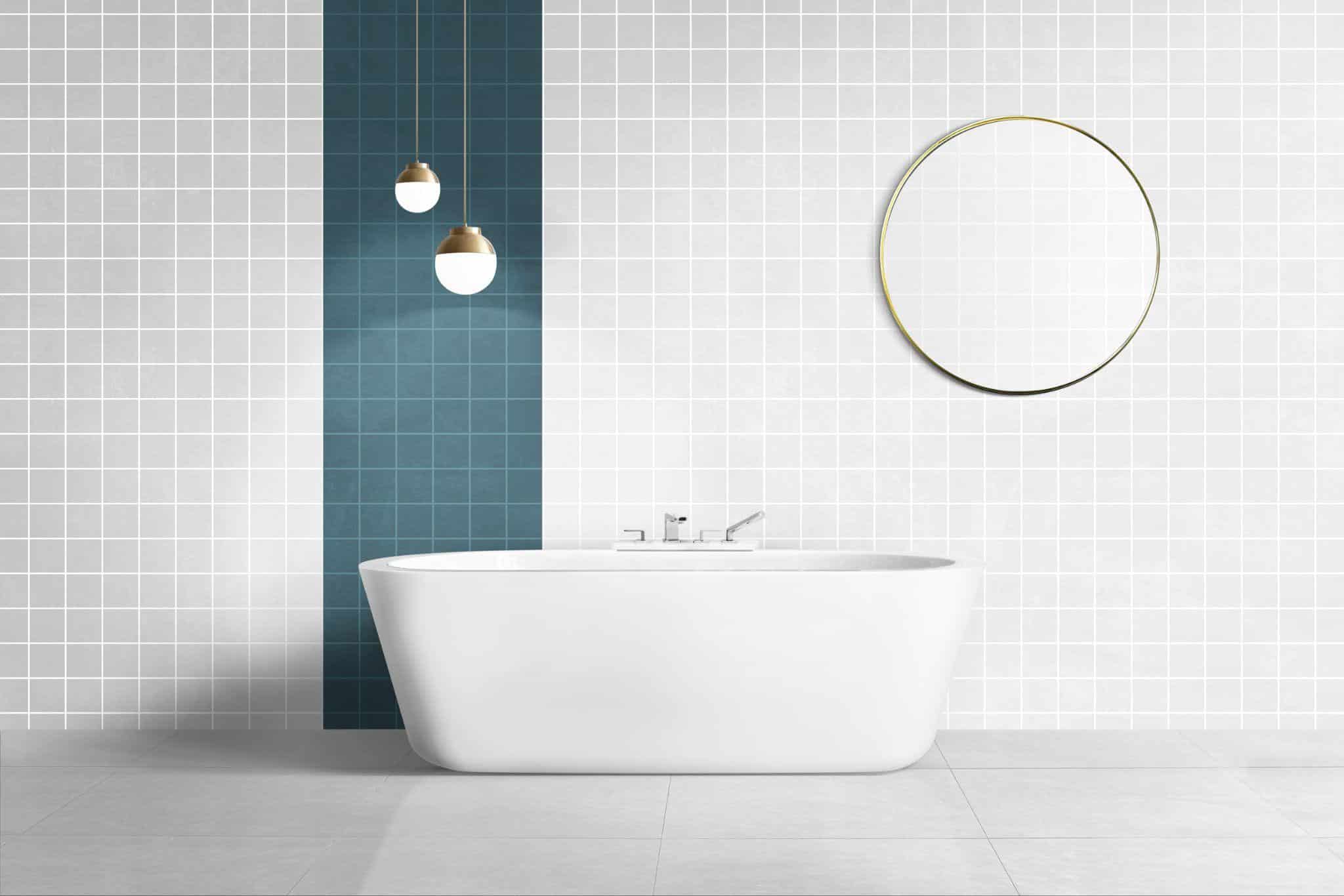A small bathroom doesn’t have to feel cramped or cluttered. With thoughtful design and the right remodeling choices, even the most compact layout can become a stylish, functional retreat. Clever use of surfaces, storage, and fixtures can dramatically improve the flow and feel of a limited space, turning everyday routines into a more comfortable experience.
Homeowners often seek bathroom remodeling services when dealing with small, inefficient layouts. These professionals can help reimagine square footage without expanding walls. If you want to make the most of a modest floor plan, these six remodeling options can transform your bathroom into a high-performing, visually open space.
Install a Floating Vanity to Open Up Floor Space
Traditional vanity extends from wall to wall, making a tiny bathroom feel boxed in. Floating vanities, which mount directly to the wall, allow the flooring to remain visible and provide the illusion of more room. This design also creates opportunities to tuck baskets or small bins underneath for discreet storage.
Choose models with built-in drawers or integrated shelving to minimize clutter and maintain clean lines. Lighter wood tones or glossy finishes reflect more light, enhancing the perception of depth and brightness in tight quarters.
Opt for a Glass Shower Enclosure Instead of a Curtain
Although functional, shower curtains often divide the room visually and make it feel more enclosed. Frameless glass shower panels or sliding enclosures remove that barrier, allowing the eye to travel through the entire space uninterrupted. This creates an especially valuable sense of openness in bathrooms with narrow layouts.
Many bathroom remodeling services now offer custom-fit glass enclosures, even for irregular or corner showers. Pair this update with light-colored tile or large-format patterns to further expand the sense of space without changing the actual footprint.
Use Vertical Storage to Free Up Floor Areas
When horizontal space is scarce, the best solution is to build upward. Floor-to-ceiling cabinets, floating shelves, and recessed wall niches offer ample storage without encroaching on the walking room. Wall-mounted towel racks, medicine cabinets, and tall linen towers keep surfaces clear while providing practical functionality.
Designers often recommend installing open shelving near the vanity or above the toilet to make daily essentials easily accessible. Use baskets, trays, or matching containers to keep items organized and aesthetically pleasing.
Choose a Pocket Door or Outward-Swinging Entry
Standard hinged doors take up significant space when swung open, often bumping into fixtures or blocking access. A pocket door that slides into the wall eliminates that issue, reclaiming crucial clearance. An outward-swinging door can achieve a similar benefit if a pocket door isn’t possible due to plumbing or wall structure.
Some remodels even opt for barn-style sliding doors or bi-fold options, mainly when the bathroom opens into a hallway or bedroom. These alternatives improve flow and make the space feel more navigable.
Maximize Lighting With Layered Fixtures and Reflective Surfaces
Small bathrooms can feel closed-in without proper lighting. Natural light helps, but many bathrooms—especially interior ones—lack windows. Incorporate layered lighting that includes overhead ambient lights, task lighting at the mirror, and accent lighting in shelving or alcoves.
Reflective surfaces like glossy tiles, metallic hardware, and mirrored cabinets amplify the available light. A large mirror over the vanity, or even an entire mirrored wall, can double the sense of depth. Choosing soft, neutral tones for walls and flooring helps light bounce throughout the room more evenly.
Select Space-Saving Fixtures With Slim Profiles
Oversized sinks and toilets can dominate a small bathroom. Look for compact fixtures specifically designed for tight areas. Wall-hung toilets, pedestal sinks, or corner basins reduce visual weight and leave more of the open floor visible. Many modern fixture lines offer reduced-depth vanities and shorter projection toilets that preserve square footage without sacrificing usability.
Consider combination units, like sink-and-storage hybrids, or corner shower stalls that use underutilized angles. These choices help simplify the layout and make movement more intuitive within the space.
Practical Planning Leads to Lasting Results
Maximizing a small bathroom goes beyond choosing stylish features—it requires a clear understanding of how the space is used daily. Every inch counts, so thoughtful planning is key. Before committing to significant changes, map out traffic flow, storage needs, and usage patterns. Working with an experienced remodeler can help identify hidden opportunities, such as adding recessed wall niches or relocating plumbing for a better layout.
Efficient remodels balance beauty and utility. Rather than forcing more into the room, they prioritize space-saving strategies that create calm, functional environments. With the proper updates, even the smallest bathroom can deliver comfort and visual appeal far beyond its square footage.








